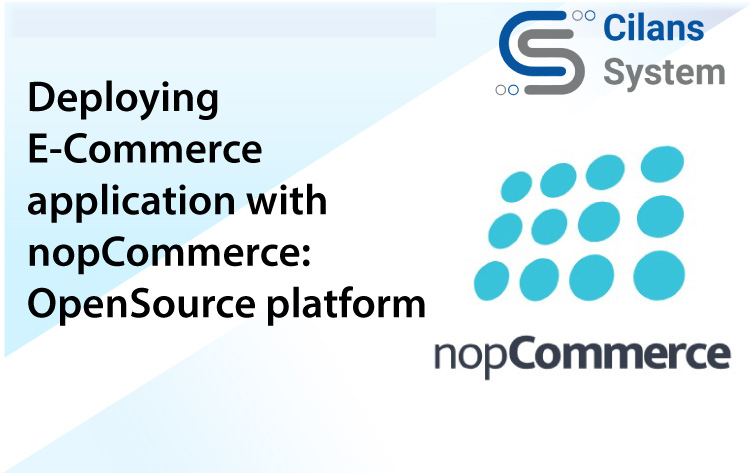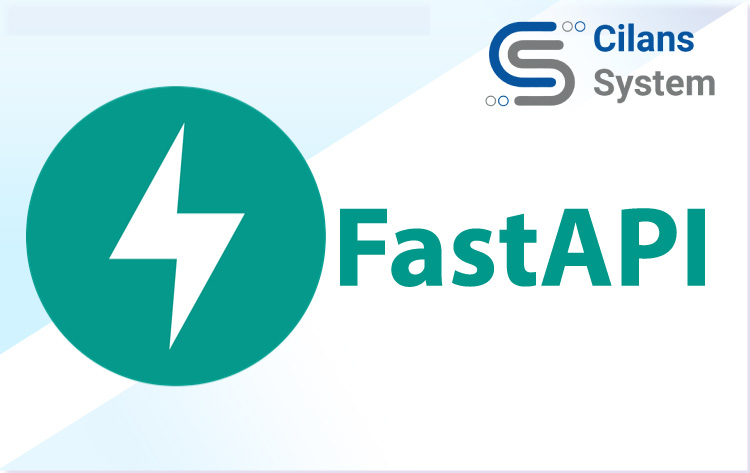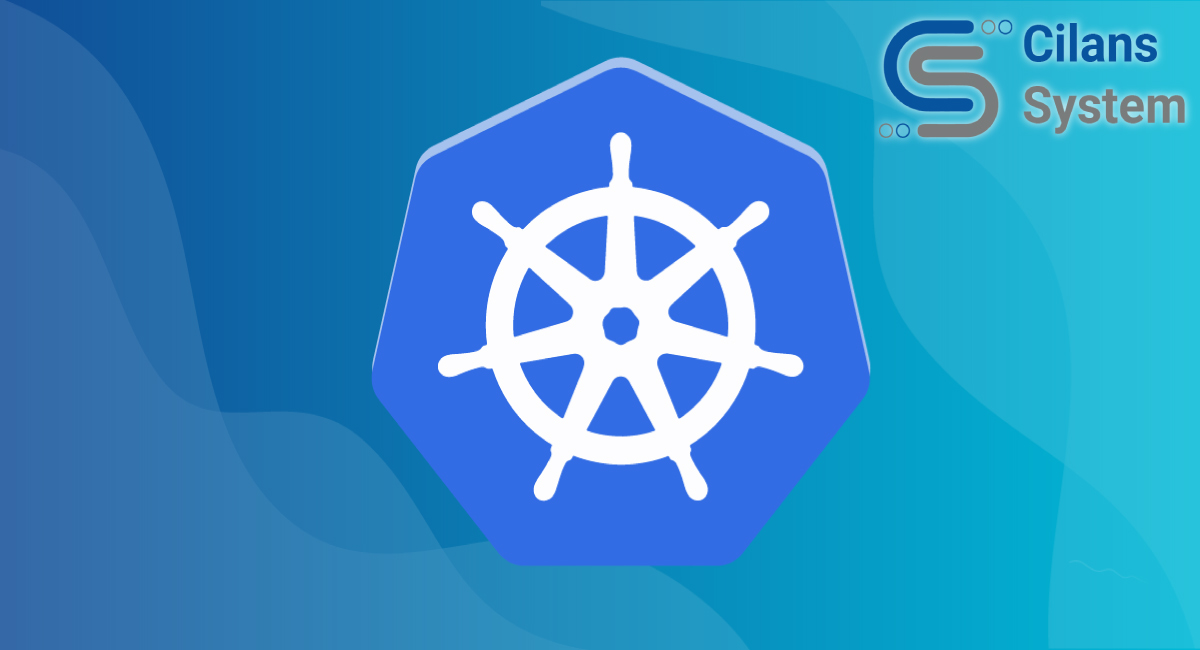
Deploying E-Commerce application with nopCommerce: Open-Source platform
January 5, 2024
FastAPI is described as a modern and high-performance web frameworkfor developing APIs with Python 3.7+.
January 23, 2024Introduction
- Terraform is a powerful tool used in DevOps for infrastructure as code (IaC). It enables developers to manage cloud infrastructure resources in a declarative manner, making it easy to provision and manage infrastructure resources across multiple cloud providers.
- One of the key benefits of using Terraform is that it allows you to manage infrastructure resources in a consistent and repeatable way. You can use Terraform to create, update, and delete infrastructure resources automatically, based on changes to your code with a few simple commands. This can save a significant amount of time and effort, as well as reducing the risk of human error when managing infrastructure resources manually.
Benefits:
- Multi-Cloud Support: Terraform supports various cloud providers, including Amazon Web Services (AWS), Microsoft Azure, Google Cloud Platform (GCP), and many others. This means that you can use Terraform to manage infrastructure resources across different cloud providers, making it easy to work with hybrid and multi-cloud environments.
- Declarative Coding: With Terraform, you define your infrastructure as code in a declarative manner. This means that you specify the desired state of your infrastructure resources, and Terraform will automatically handle the underlying implementation details.
- Modular Architecture: Terraform uses a modular architecture, which means that you can break down your infrastructure code into reusable modules. This makes it easy to share code across different projects or teams and promotes code reusability and maintainability.
- State Management: Terraform maintains the state of your infrastructure resources in a state file, which keeps a record of the current state of your infrastructure and the desired state defined in your code. This enables Terraform to accurately track changes and ensure that your infrastructure is always in the desired state.
- Plan and Apply: Terraform provides a plan and apply workflow that allows you to preview changes to your infrastructure before applying them. This helps you avoid unexpected changes and ensures that you are aware of any potential issues before they occur.
- Collaboration: Terraform enables collaboration between teams working on infrastructure projects. This includes the ability to share code, collaborate on changes, and work together to resolve issues.
- Infrastructure Testing: Terraform provides a testing framework that enables teams to validate infrastructure changes before they are deployed. This includes integration testing, unit testing, and acceptance testing.
- Cost Optimization: Terraform can help teams optimize infrastructure costs by enabling them to provision and deprovision resources automatically. This ensures that infrastructure resources are only used when they are needed, which can help reduce costs and improve efficiency.
Summary
Terraform provides a range of features and capabilities that enable teams to manage infrastructure resources in a consistent, repeatable, and automated manner. This includes remote state, CI/CD integration, provisioning tools integration, compliance and security, visualization, infrastructure testing, and cost optimization. By using Terraform, teams can accelerate their infrastructure management processes, reduce the risk of errors, and optimize infrastructure resources for performance and cost.




